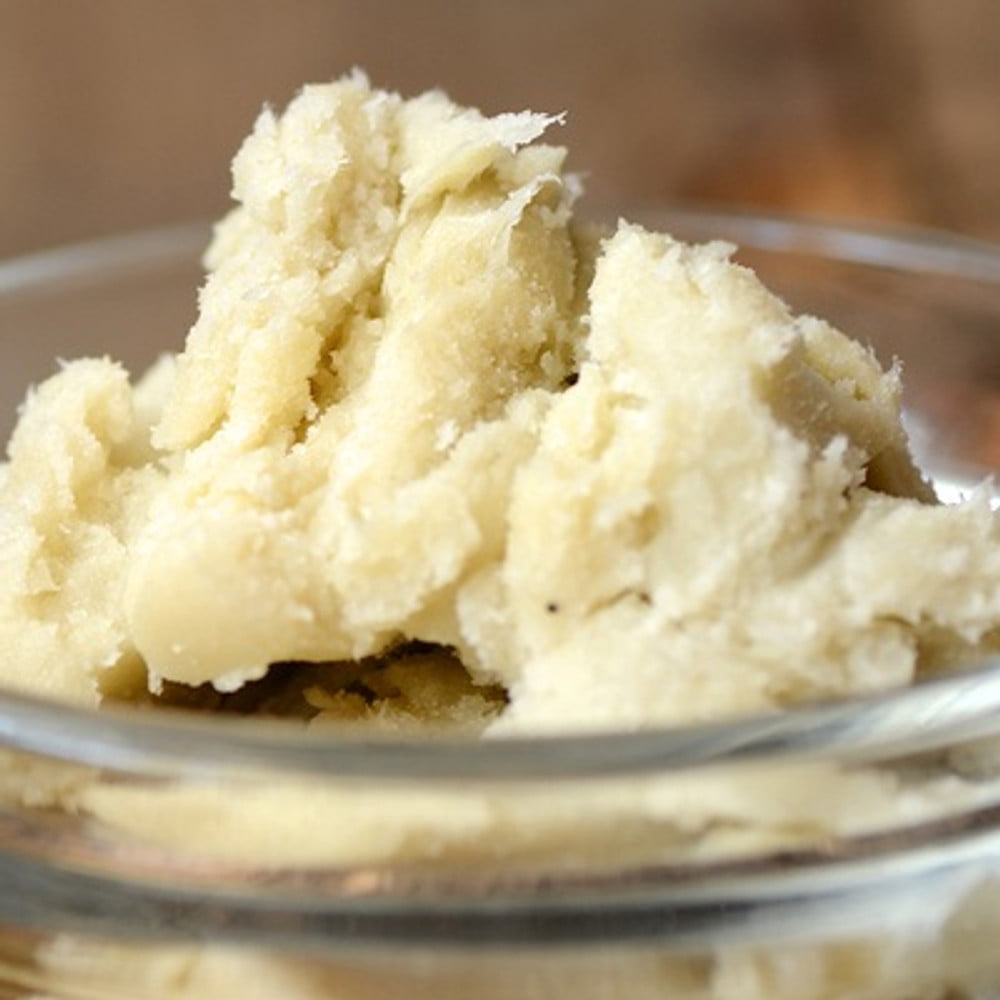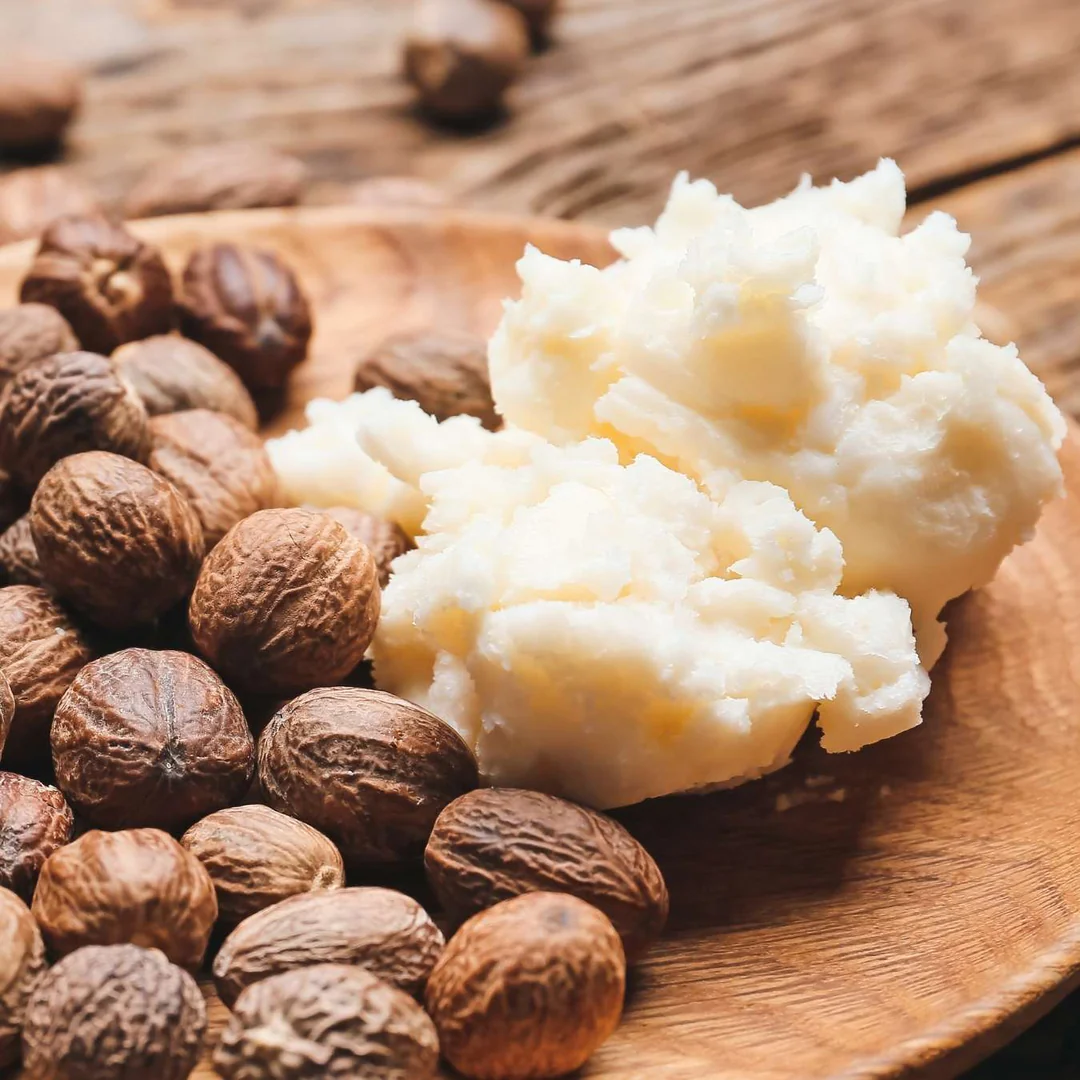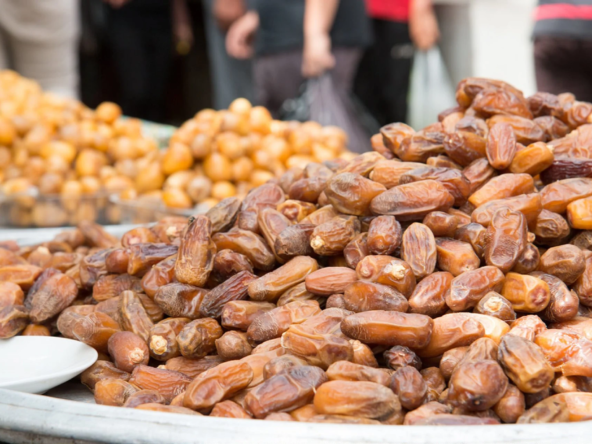In the world of skincare, few ingredients carry the same level of admiration and mystique as shea butter. Renowned for its moisturizing properties and versatility, shea butter has been a staple in beauty regimens for centuries. But as the demand for this golden elixir continues to rise, the debate between traditional and modern extraction methods takes center stage.
At the heart of this debate lies the question: which method yields superior shea butter? Let’s delve into the nuances of both traditional and modern extraction techniques to uncover the secrets behind this prized ingredient.
Traditional Extraction: Time-Honored Wisdom
For generations, shea butter production has been a cornerstone of West African culture, particularly in countries like Ghana and Nigeria. The traditional method involves a labor-intensive process passed down through oral tradition. Harvested shea nuts are gathered and hand-cracked to reveal the kernels within. These kernels are then roasted, pounded, and finally, kneaded to extract the rich, buttery substance.
Despite its arduous nature, traditional extraction methods have their unique advantages. The process retains the natural integrity of the shea butter, preserving its nutrient-rich composition and distinctive aroma. Moreover, traditional methods empower local communities, providing employment opportunities and preserving cultural heritage.

Modern Extraction: Innovation at Work
In recent years, advancements in technology have revolutionized the shea butter industry, giving rise to modern extraction methods. Mechanical presses and solvent extraction techniques have streamlined the production process, allowing for higher yields and greater efficiency. These methods often involve crushing the shea nuts and using hydraulic or screw presses to extract the butter. Solvent extraction, on the other hand, utilizes chemicals to separate the butter from the shea kernels.
While modern extraction methods offer undeniable benefits in terms of scalability and consistency, they also pose certain drawbacks. Critics argue that solvent extraction may compromise the purity of the shea butter, leading to concerns about residual chemicals. Additionally, the high-heat processes involved in modern extraction can diminish the butter’s natural properties, potentially reducing its efficacy in skincare applications.
The Verdict: Balancing Tradition and Innovation
So, which extraction method reigns supreme? The answer may lie in striking a balance between tradition and innovation. While traditional methods uphold the authenticity and cultural significance of shea butter, modern techniques offer efficiency and scalability to meet the demands of a global market.
For consumers seeking the purest form of shea butter, traditional extraction methods may hold the most appeal. Artisanal producers often prioritize quality over quantity, ensuring that each batch of shea butter retains its natural goodness.
However, for large-scale manufacturers and e-commerce companies like Ajigofarms, modern extraction methods provide the means to meet the needs of a diverse customer base. By leveraging technology and best practices, these companies can deliver high-quality shea butter products to customers worldwide while maintaining ethical and sustainable practices.
In conclusion, the debate between traditional and modern extraction methods underscores the complexity of the shea butter industry. Ultimately, both approaches play a vital role in preserving this cherished ingredient for generations to come. Whether rooted in tradition or embracing innovation, shea butter continues to captivate hearts and nourish skin around the globe.




